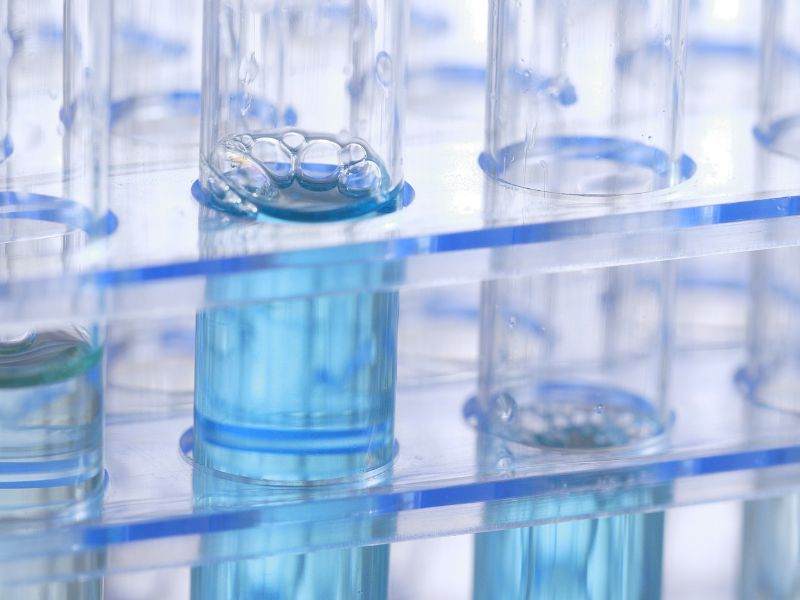Betadex is a molecular compound belonging to the cyclodextrin group. It is increasingly gaining prominence in the scientific field and, currently, the subject of clinical studies for its remarkable ability to improve the solubility of some formulations intended for all-around personal care and to mask any commonly unpleasant odors and tastes. This characteristic is due to the chemical structure that can bind hydrophobic molecules to itself, so much so that Betadex is also compatible in many fields of use thanks to two specific derivatives: hydrosoluble Betadex and Betadex Sulfobutyl Ether Sodium.
Betadex: a highly soluble molecule
Betadex, a common name for beta-cyclodextrin, is a cyclic oligosaccharide composed of seven “head-to-tail” connected glucose units. The chemical structure has a cavity in the center of the molecular arrangement, which enables the formation of an inclusion complex with other hydrophobic guest molecules, increasing their level of solubility. The common feature of all cyclodextrins is to improve the solubility and the bioavailability of many pharmaceutical formulations. Betadex is the most widely used molecule in the pharmaceutical field compared with its derivatives because of its proven non-toxicity, edibility, and stability. Due to its ability to make soluble formulations that intrinsically are not, beta-cyclodextrin has also been successfully tested in cosmetics and nutraceuticals fields.
The most important derivatives of Betadex: Hydroxypropyl Beta Cyclodextrin and Betadex Sulfobutyl Ether Sodium
Interest in Betadex and the cyclodextrin group has led the scientific community to experiment for a long time on chemical modifications of the host-guest bond, typical of these molecular compounds. Betadex has two remarkable derivates: Hydroxypropyl Beta Cyclodextrin and Betadex Sulfobutyl Ether Sodium.
Hydroxypropyl Beta Cyclodextrin is obtained by adding propylene oxide to beta-cyclodextrin. The result is a molecular complex capable of further improving the solubility of some formulations, such that it has been approved and cleared by the FDA as an excipient in parenteral formulations. It also has an optimal application in cosmetics as an excellent stabilizer, emulsifier, and flavoring agent, enhancing the effectiveness of formulations.
Betadex Sulfobutyl Ether Sodium is an anionic derivative of cyclodextrin obtained by substituting sulfonic groups. It is the most widely used form in the pharmaceutical field because, in addition to optimizing the water solubility of drugs, it can form non-covalent bonds with drug molecules. This is an advantage for the safety and stability of the active ingredients and makes the formulation more preservable over time. The peculiar molecular structure obtained also enables it to modulate the release rate of the pharmaceutically active ingredients to which it binds. Betadex Sulfobutyl Ether Sodium thus becomes an ideal excipient for formulating those sustained-release drugs for more precise therapeutic compliance in oral, nasal, ocular and injectable drugs.
Flarer: certified Partner for Betadex commercialization
With an international network of certified manufacturers and constant raw material scouting, Flarer supplies and commercializes only high-quality pharmaceutical, cosmetic and nutraceutical ingredients. The beta-cyclodextrins in the portfolio, in particular The Hydroxypropyl Beta Cyclodextrin and The Betadex Sulfobutyl Ether Sodium, are in line with the European Pharmacopoeia; so, they can be supplied as both API grade (EDMF) and excipients for pharmaceutical companies, as well as food and cosmetic grades for nutraceutical or cosmetic companies.
Flarer also ensures solutions and consultancy services for raw materials with quick assistance throughout the supply chain, to respond promptly to the demand for new and more effective formulations for patients’ and consumers’ well-being.
